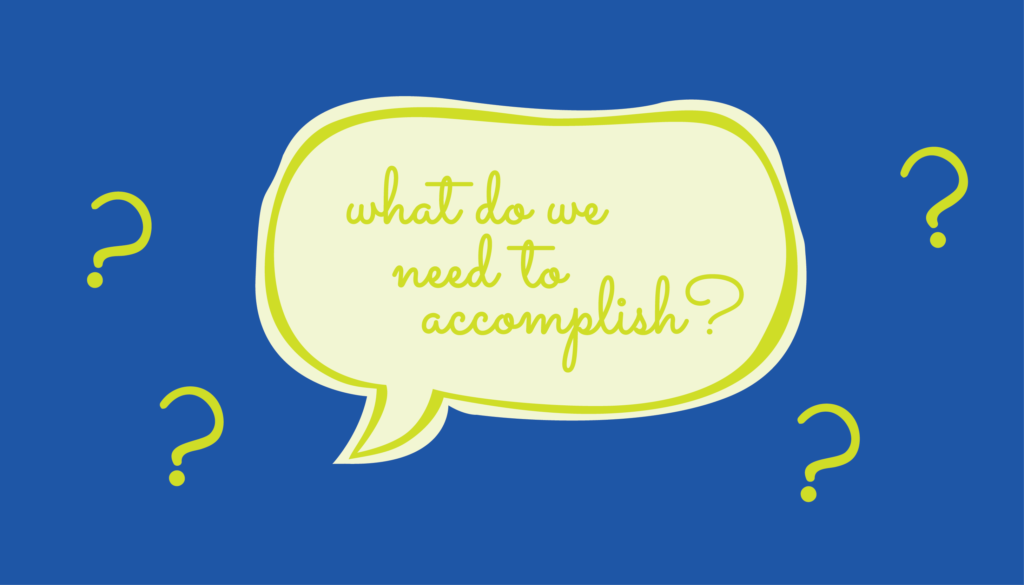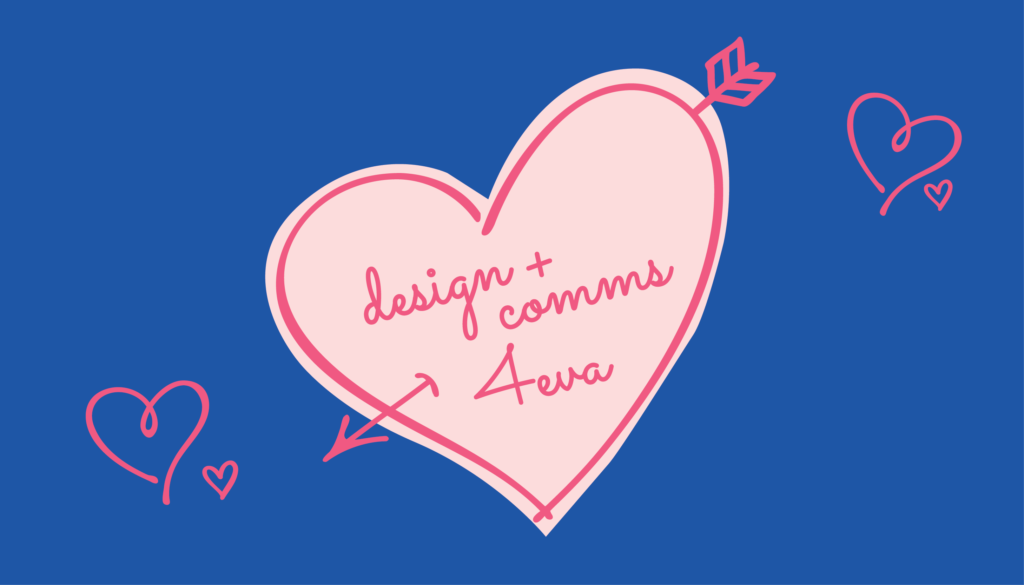The clients we work with address difficult topics like maternal and infant health, scientific research, sustainable technology, broadband regulations, racial inequality, humanitarian emergencies, sexual violence, and international conflict. We’re often tasked with explaining these complicated topics in a powerful, accessible way for large and diverse email audiences.
We wouldn’t get very far without unifying design and communications.
So what makes a dream team tick? Definitely not working in disciplinary silos. To produce the creative, innovative work that mobilizes audiences to take action or raise money, you need effective collaboration. As the designer and content strategist on two of BSD’s biggest clients, we work in lock-step every day, through every step of ideation and execution. We’ve got six tips for making design and comms into a dream team:
1. Don’t be prepared

Brainstorms often work best when the team comes up with ideas together, in the moment. When neither of us shows up with preconceived plans and declarations that “we should do exactly this,” ideas can develop and evolve through discussion and collaboration. That also leads to an equal balance of power — we’re both driving the conversation. No one has a monopoly on framing and direction.
2. Pop the big question

We never start a brainstorm with client limitations, logistical details, the nitty-gritty of campaign execution. Instead, the first thing we do is ask, “What do we need to accomplish with this creative?” It gets to the root of why we’re meeting and working together in the first place — and immediately grounds us in the big picture.
3. Always be sketching

We write all over our tables and walls. Sketching out ideas and designs creates an active moment for both of us and sets an open, collaborative tone for our brainstorm: Nothing is set in stone and we can make mistakes or drastically change directions as we brainstorm. It’s also a physical, visual way of working through each step of a challenge. Plus, sketching keeps things casual so that we can bounce ideas off each other and operate in a judgment-free zone.
4. Don’t forget the deets

The big picture is great, but details matter too. Once we’ve nailed down how we want to achieve our goal, we start wireframing our creative and figuring out how different elements will come together. We plan out where we need a headline, buttons, intro copy, everything. That way we both leave the brainstorm knowing exactly what we need to do.
5. Trust the process

For both writers and designers, the blank page is terrifying. It can be incredibly daunting to sit down at a brainstorm with the pressure of finding an answer to a creative challenge — especially when we’re trying to represent a serious, weighty issue. Collaboration involves a lot of slowly chipping away at a challenge and iterating. Maybe the copy needs to be tweaked to make the design work. Maybe we discover a new stat that would work better than the graphic we had planned. We keep the process open and check in with each other as we work on every phase of drafting, designing and execution.
6. Keep it together

The serious issues our clients work on require art and copy to work together to make big topics digestible. We never let one discipline start dictating the other, and we never end a brainstorm without understanding how design and writing will combine to accomplish our goal. We also think outside our roles — a designer can comment on writing, and a writer can comment on design. After all, we’re one holistic creative team.
How this process comes to life
Collaboration is fun, and we think it makes any creative product the best it can be — but it’s especially crucial when we’re communicating about complex, serious issues, threading the needle between dry and flippant. The marriage of art and copy can make these pieces visually engaging while still taking the topic seriously. Check out how we used the power of design-comms teamwork to address a challenging topic for March of Dimes.
Looking for an awesome fusion of copy and design to bring your communications to life? Let’s talk about it.